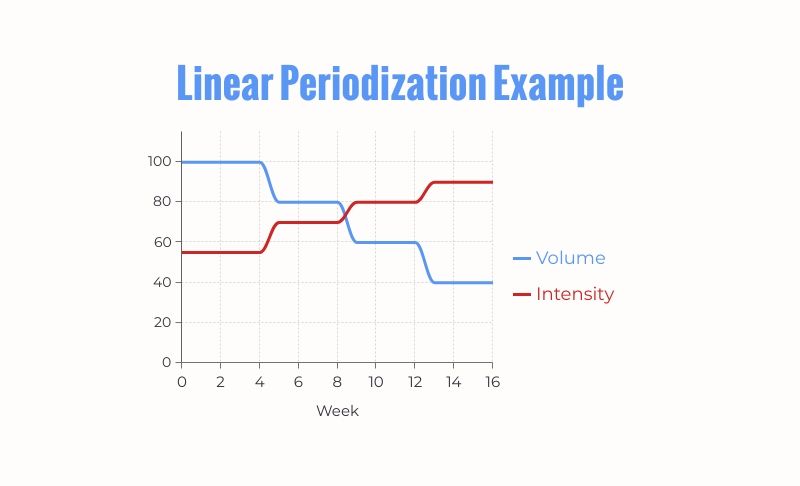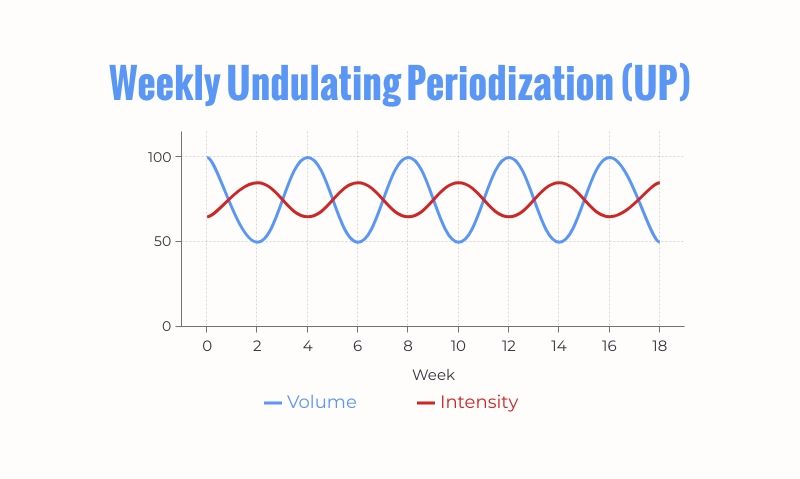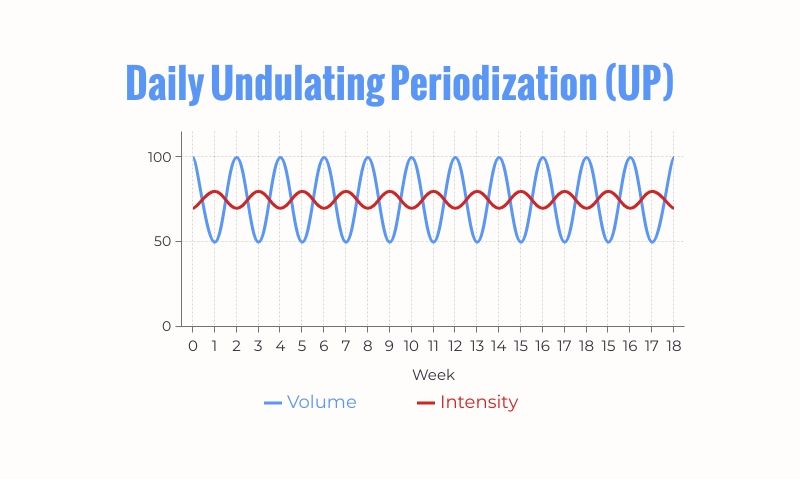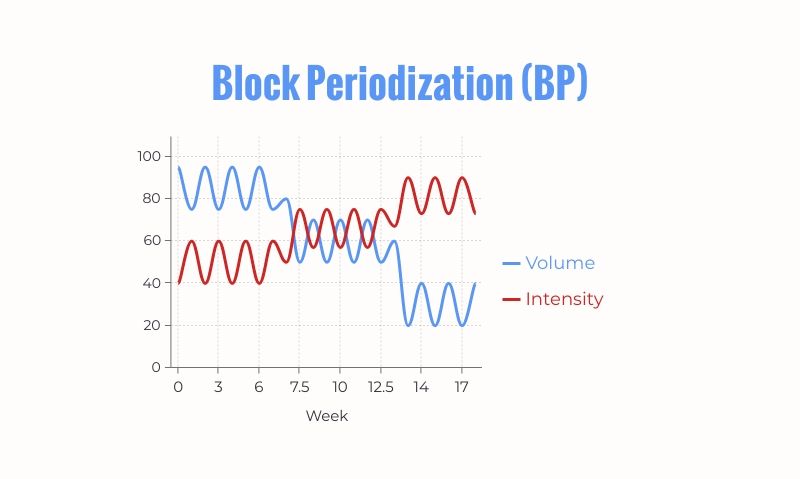Supercharge Your Progress With At-Home Workouts With This Tip
You may have come across the term 'periodization' on some of your favorite fitness influencer's Instagram captions–but dismissed it as an advanced training method that has no place in your fitness routine. You’re wrong.

It’s been roughly a year ?
The coronavirus pandemic swept in and decimated our routines in one fell swoop–and to say that it’s a confusing time is the understatement of 2020. Take lockdown restrictions, for example. Some areas have eased back on measures, while many others have reimposed them to battle new waves of infections. It’s depressing. Thankfully, though, we can all fall back on working out in our living rooms even if gyms and fitness studios are unavailable. And bonus: when performed with sufficient intensity and consistency, home workouts can be every bit as effective as a gym workout.
Of course, you already know the basics. You’ll need to make use of progressive overload, supersets, and rest timings to maximize muscle growth. But there's something you might not have considered incorporating into your home workouts that might supercharge your progress. And it's none other than periodization.
What is periodization?
You may have come across the term 'periodization' on some of your favorite fitness influencer's Instagram captions–but dismissed it as an advanced training method that has no place in your fitness routine. You’re wrong. Understanding what periodization is will help you see why. According to the National Strength and Conditioning Association, the definition of periodization is as follows: “Periodization is a method of employing sequential of phasic alterations in the workload, training focus, and training tasks contained within the micro-cycle, mesocycle, and annual training plan.”
Okay… Now, in English. Periodization, at its core, involves the organization of your long-term training plan into blocks (or periods, hence, the term periodization) that each focus on a specific skill (e.g. strength, endurance, power)–and that consequently vary in training volume and intensity.
Types of periodization
As a result of the numerous factors that can be manipulated, there are many types of periodization. To prevent this article from sounding like a textbook, here's a brief introduction to each of them–and who they're most beneficial toward:
1. Linear periodization (LP) – Also known as traditional periodization, LP refers to the system developed by Matveyev and his comrades in the 1950s and 1960s in the Soviet Union. It is a type of periodization where training volume progressively decreases over time, and training intensity increases over time.

2. Undulating periodization (UP) – As its name suggests, undulating periodization refers to training structures where volume and intensity both go up and down (respectively) repeatedly over time. UP can be further broken down into two categories:

a. Weekly undulating periodization (WUP) – The fluctuations in volume and intensity occur week to week; for example, you'll lift 70% 1RM on week 1, 80% on week 2, 75% on week 3, and 85% on week 4.

b. Daily undulating periodization (DUP) – The fluctuations in volume and intensity occur within a single training week; for example, you'll squat 70% for the first training session of the week, then 80% the next.
3. Block periodization (BP) – Generally used to refer to training in blocks focused on different goals, and typically in the following sequence: strength endurance, hypertrophy, strength, then power and velocity.

Benefits of training periodization
Whew. That was a lot of information. But understanding the fundamental concepts of periodization will help you in the long-run–periodization brings about many benefits, bringing your fitness to a whole new level. Here’s a taster of what you can expect:
Gain more muscle
Resistance training causes two specific types of stress on muscle tissue: metabolic and mechanical, both known to stimulate muscle growth. What's not clear, however, is which type of stress is more anabolic. This is where a periodized program comes in. Alternating between phases of heavy weight for low reps and phases of moderate weight for high reps allows you to both create mechanical stress and induce metabolic stress–ensuring that you’re getting the best of both worlds.
Destroy strength plateaus
Have you been dumbbell pressing the same 20kg on your couch–and still feeling like it's the heaviest thing in the world? Periodization is your friend. Studies have consistently shown that, in general, periodized training tends to produce larger strength gains than non-periodized training. That said, do note that research shows undulating periodization tends to elicit greater increases in strength and body composition than linear periodization–though the effect is pretty small.
Fun and interesting workouts
One thing's for sure: there are only so many times you can do the same workout before getting absolutely sick of it. Imaginably, this can result in you missing a workout–or two, or three, or for the entire week, then a month. If you don't care about the additional hypertrophy and strength gains you could get from periodization, then at least give it a go because it helps keep monotony to a minimum. And we all know how crucial that is in helping you stay motivated to stick to your workout routine.
Do I need periodization in my home workouts?
Have you been reading this article? Because yes, you need periodization in your home workouts! You know, because of all the reasons as listed above. Periodization can seem impossible to apply to your workouts–especially when you only have dumbbells or resistance bands at home. But the truth is that you can program it in. Here's how two weeks of WUP (weekly undulating periodization) might play out for you for the dumbbell chest press, deadlift, and squat:
Week 1
· Day 1: Chest press, 5 sets of 3 reps
· Day 2: Deadlift, 4 sets of 8 to 10 reps
· Day 3, Squat, 3 sets of 12 to 15 reps
Week 2
· Day 1: Chest press, 4 sets of 8 to 10 reps
· Day 2: Deadlift, 3 sets of 12 to 15 reps
· Day 3, Squat, 5 sets of 3 reps
Just play around with it–and plateaus will soon become a thing of the past. But of course, you may not have the mental bandwidth to calculate all these percentages every week in such trying times. It sounds like a lot to handle; we understand. That's why, in GymStreak, we do all the calculations for you. Yes, even for home workouts (we provide a massive collection of exercises!) All you need to do is show up, work out, and track. No complicated math involved. Amazing, or what?
Get GymStreak for IphoneReferences
Afonso, J., Rocha, T., Nikolaidis, P. T., Clemente, F. M., Rosemann, T., & Knechtle, B. (2019).
A Systematic Review of Meta-Analyses Comparing Periodized and Non-periodized Exercise Programs: Why We Should Go Back to Original Research. Frontiers in Physiology, 10. https://doi.org/10.3389/fphys.2019.01023
Krzysztofik, M., Wilk, M., Wojdała, G., & Gołaś, A. (2019). Maximizing Muscle Hypertrophy: A Systematic Review of Advanced Resistance Training Techniques and Methods. International Journal of Environmental Research and Public Health, 16(24). https://doi.org/10.3390/ijerph16244897
Monteiro, A. G., Aoki, M. S., Evangelista, A. L., Alveno, D. A., Monteiro, G. A., Piçarro, I. da C., & Ugrinowitsch, C. (2009). Nonlinear periodization maximizes strength gains in split resistance training routines. Journal of Strength and Conditioning Research, 23(4), 1321–1326. https://doi.org/10.1519/JSC.0b013e3181a00f96
Understand the general principles of periodization. (n.d.). Human Kinetics. Retrieved November 27, 2020, from https://us.humankinetics.com/blogs/excerpt/understand-the-general-principles-of-periodization
